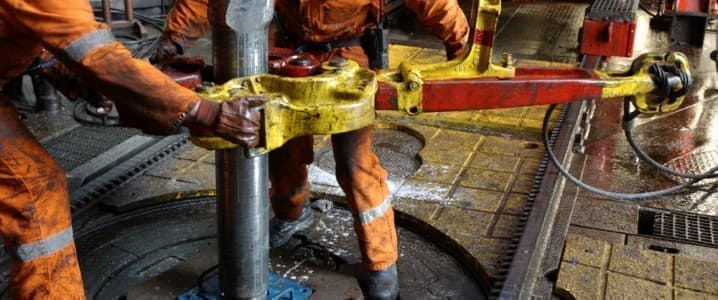
Earlier this month, a senior executive from Pioneer Natural Resources predicted higher oil prices later this year. Demand for crude was rising strongly, executive VP Beth McDonald told Reuters last week, but supply was playing catch-up and without much enthusiasm.
That there is a new normal in U.S. shale—the part of the oil industry that turned the country into the largest producer of the commodity—has been clear for a while now.
Even with prices above $100 last year, U.S. shale drillers went about production growth cautiously. They continued to go about it cautiously even when the federal government pleaded with them to boost output. But was this caution the result of a deliberate decision or was it forced by factors outside the control of the industry?
NPR recently published an overview of the new normal in U.S. oil, which noted external factors such as inflation and workforce shortages as hurdles for U.S. shale oil growth. However, the top factor for the change in business behavior in the industry, according to author Camila Domonoske, was investor pressure on management to slow down.
This is by no means a fringe opinion. In fact, it seems to be the dominant one when it comes to U.S. shale and the changes that the industry has been undergoing in the past couple of years.
Basically, it has moved from the classic boom-bust cycle to a quieter line of development, under pressure from shareholders who’d had enough of watching their money get poured into more barrels that only brought the price of oil—and dividends—lower.
Yet, there are plenty of U.S. shale oil companies that are not public entities. They do not have shareholders. And yet they seem to be going about production just as cautiously as public companies, judging by the trend in drilling rigs.
Even though breakeven prices, at least in the Permian, are considerably lower than what WTI is trading at right now, there is no surge in drilling. And this means that investor pressure on its own is not enough of an explanation for the current state of U.S. shale. In fact, it may be the external factors that have gained the upper hand.
Energy industry veteran David Blackmon put forward that argument in a recent article for Forbes. In it, Blackmon pointed out that inflation has a big role to play in production growth decisions, as does disappointment with the pace of China’s economic recovery and Saudi Arabia’s decision to reduce production by 1 million bpd.
Inflation has plagued all industries since the end of lockdowns, along with its pal, labor shortage. That has motivated employers to offer higher wages to workers, which, in turn, has served to fuel overall cost inflation and discourage production expansion further. Bloomberg reported that hourly wages for U.S. oil workers have climbed to $43 per hour: a record high. But these workers are not boosting output. They are maintaining it.
China appears to have been the big disappointment for executives that may have had just a little bit too much faith in growth projections. Despite record oil demand and surging oil imports, there seems to be a skepticism about China’s oil demand dynamics based on monthly economic indicators. And, as Blackmon notes, this will inform investment decisions in U.S. shale over the second half of the year.
Meanwhile, Saudi Arabia has squeezed OPEC+ supply with its voluntary cut. This means there will be less oil coming from the cartel in the second half of the year. And the Federal government just bought 3 million barrels of crude as a start to the refilling of the strategic petroleum reserve.
Even so, supply is unlikely to reverse the current trend in U.S. shale. Inflation remains a top concern and so does China.
“That squeeze in the margin is really keeping U.S. E&Ps from moving forward in a significant way,” Pioneer’s McDonald told Reuters. “In general, you’ll still see those modest (production) growth rates and those low reinvestment rates because we continue to focus on returning cash to shareholders.”
Those shareholders have no doubt heard the latest from China, which is a further deceleration in factory activity and lower exports, which prompted Goldman Sachs to revise down its oil price forecast for the third time this year. And this means the pressure will remain, to complement inflation.
Indeed, there is a new normal in U.S. shale and this new normal seems like it is here to stay. Even if China’s economic indicators begin to point to a stronger rebound; even if the Biden administration decides to fill the SPR inside a year and is ready to pay any price; even if OPEC+ cuts output further.
This is because oil executives have a longer horizon than the next six months. When they make plans, they look at the medium term, as Pioneer’s Scott Sheffield explained at the end of last year.
Commenting on the federal government’s plan to start buying oil for the SPR with the claim that would put a floor under oil prices, Sheffield said, as quoted by the FT that “Putting a floor of $70 is no help for the producer. If they want to encourage additional activity, they will have to put a floor somewhere around $100 — especially with significant increases in service costs.” That’s one thing that is definitely not happening, not with this administration.
source:https://oilprice.com/
